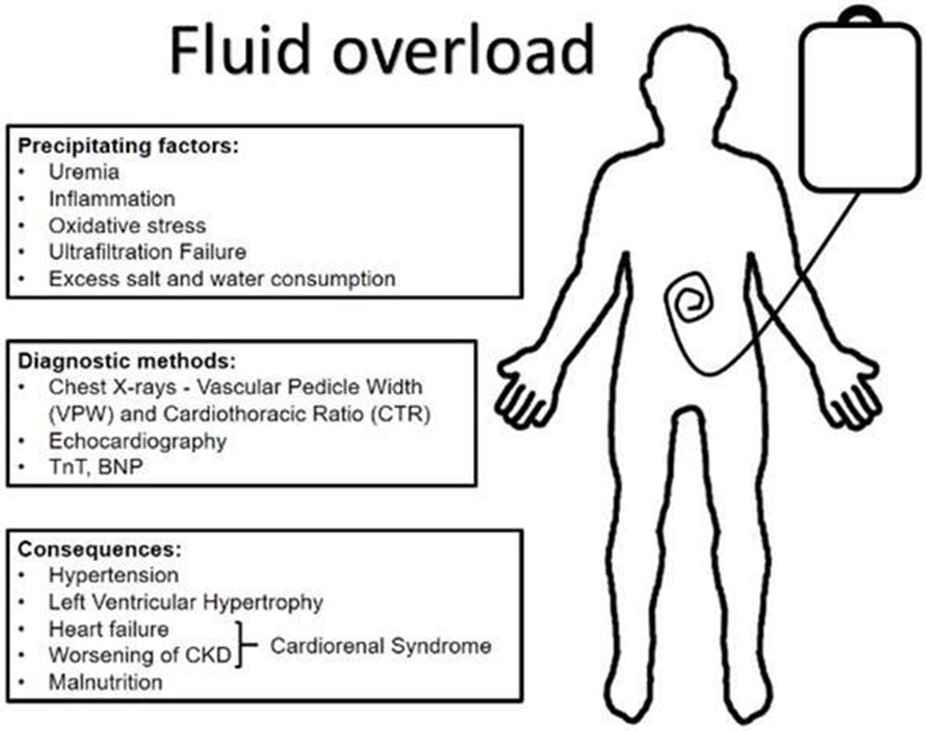A nurse on an inpatient unit is caring for a client who has schizophrenia and recently started taking risperidone. Which of the following actions should the nurse take?
Implement fall precautions for the client
Monitor the client's thyroid function
Place the client on a fluid restriction
Discontinue the medication if hallucinations occur
The Correct Answer is A
Implement fall precautions for the client.
- A. Implement fall precautions for the client. This is correct because risperidone can cause orthostatic hypotension, which can increase the risk of falls and injuries. The nurse should advise the client to change positions slowly, avoid alcohol and dehydration, and use assistive devices as needed.
- B. Monitor the client's thyroid function. This is incorrect because risperidone does not affect thyroid function. The nurse should monitor the client's thyroid function if they are taking lithium, which can cause hypothyroidism.
- C. Place the client on a fluid restriction. This is incorrect because risperidone does not cause fluid retention or overload. The nurse should encourage adequate fluid intake and monitor the client's fluid balance.
- D. Discontinue the medication if hallucinations occur. This is incorrect because hallucinations are a symptom of schizophrenia, not a side effect of risperidone. The nurse should not discontinue the medication abruptly, as this can cause withdrawal symptoms and relapse of psychosis. The nurse should assess the client's response to the medication, report any adverse effects, and adjust the dosage as prescribed.

Nursing Test Bank
Naxlex Comprehensive Predictor Exams
Related Questions
Correct Answer is C
Explanation
- A. Oliguria. This is incorrect because oliguria, or decreased urine output, is a sign of fluid volume deficit, not fluid volume overload.
- B. Bradycardia. This is incorrect because bradycardia, or slow heart rate, is not a typical sign of fluid volume overload, unless the client has a cardiac condition that affects the heart's response to fluid overload.
- C. Dyspnea. This is correct because dyspnea, or difficulty breathing, is a common sign of fluid volume overload, as excess fluid accumulates in the lungs and impairs gas exchange.
- D. Poor skin turgor. This is incorrect because poor skin turgor, or decreased elasticity of the skin, is a sign of dehydration, not fluid volume overload.

Correct Answer is D
Explanation
Maintain sterile objects within the line of vision.
- A. Hold hands folded below the waist after donning sterile gloves. This is incorrect because holding hands below the waist can contaminate the gloves with microorganisms from the floor or clothing.
- B. Pick up and pour solutions with the palm of the hand covering bottle labels. This is incorrect because covering bottle labels can obscure important information such as expiration dates or ingredients.
- C. Keep sterile items within a 1.3 cm (0.5 in) border of the sterile drape. This is incorrect because the border of the sterile drape is considered contaminated and any sterile item that touches it becomes contaminated as well.
- D. Maintain sterile objects within the line of vision. This is correct because keeping an eye on sterile objects ensures that they are not accidentally touched by nonsterile items or persons.
Whether you are a student looking to ace your exams or a practicing nurse seeking to enhance your expertise , our nursing education contents will empower you with the confidence and competence to make a difference in the lives of patients and become a respected leader in the healthcare field.
Visit Naxlex, invest in your future and unlock endless possibilities with our unparalleled nursing education contents today
Report Wrong Answer on the Current Question
Do you disagree with the answer? If yes, what is your expected answer? Explain.
Kindly be descriptive with the issue you are facing.
